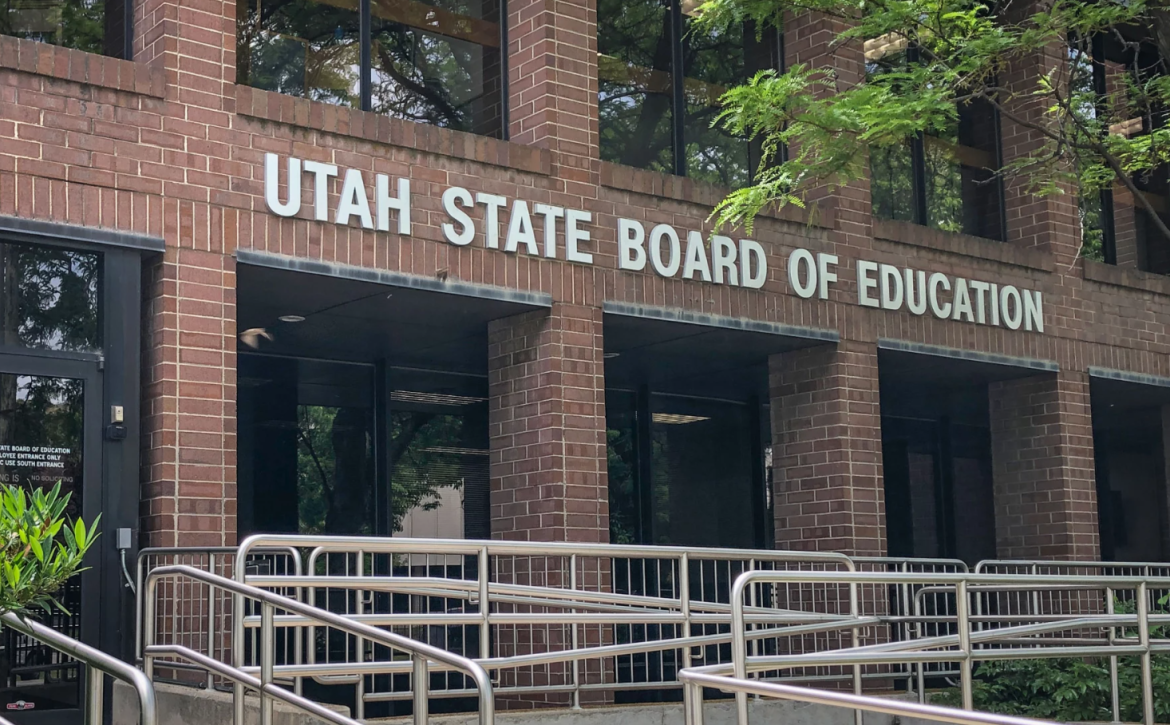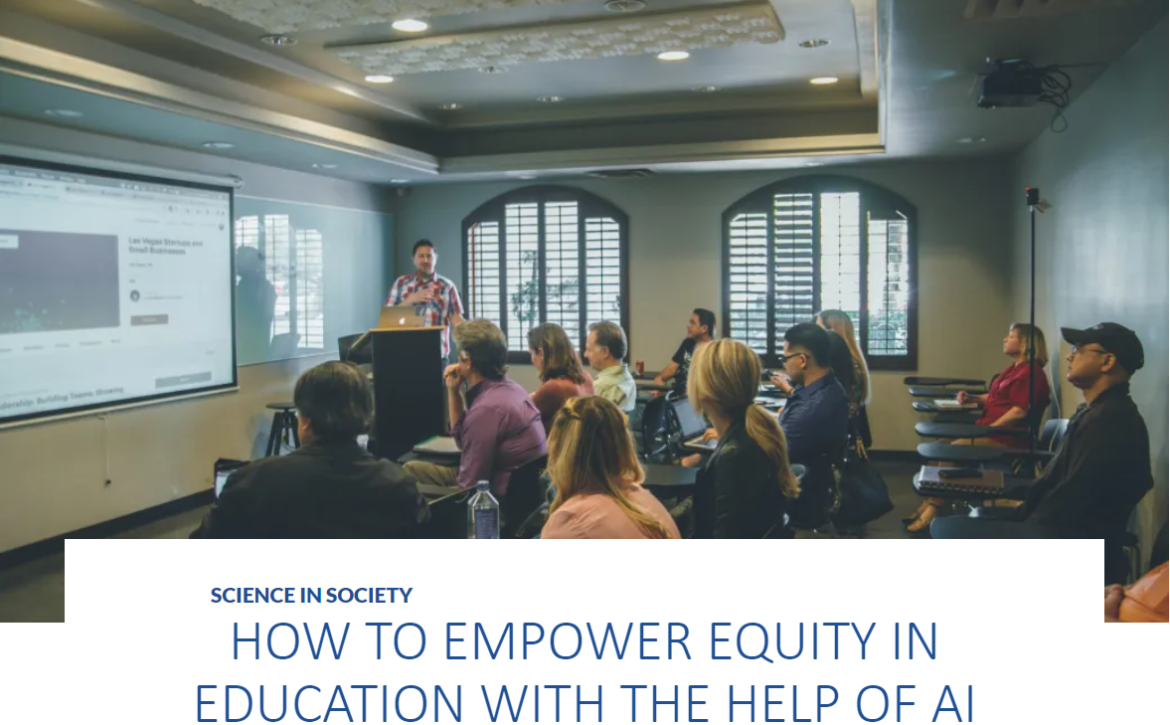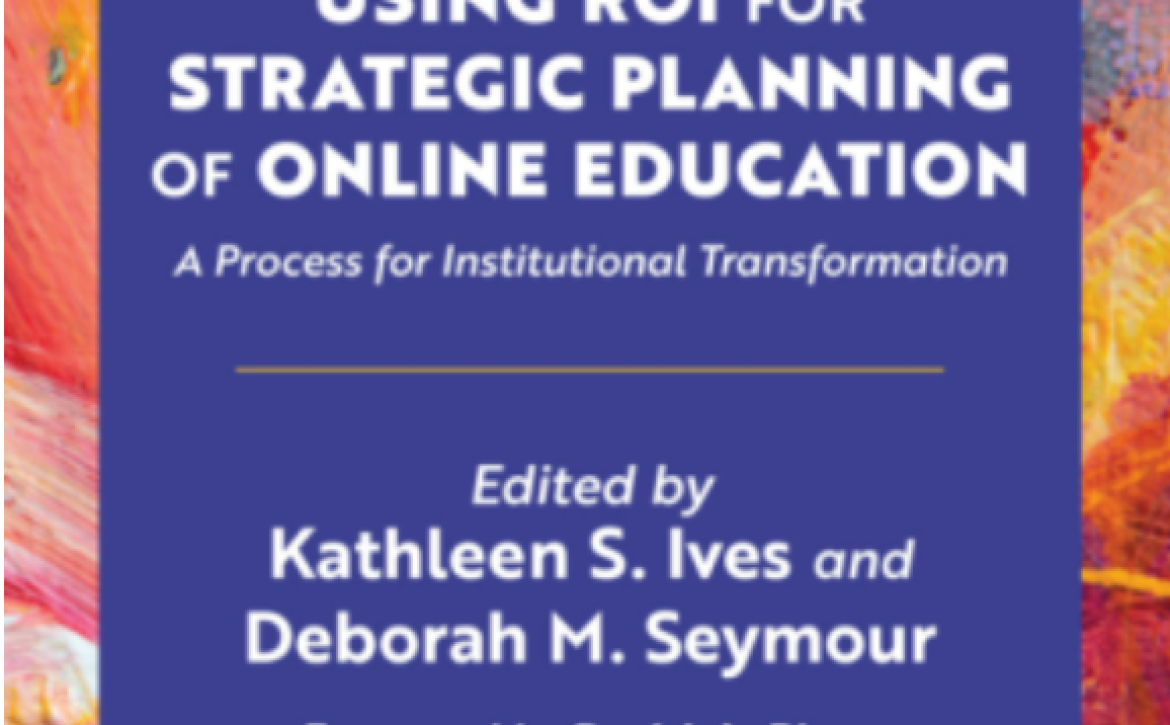Utah State Board of Education will vote this week on new social studies standards
The Utah State Board of Education will vote Thursday, Dec. 1 on whether to approve new social studies standards for fifth and sixth graders. This is the first time these standards have been updated in over a decade. The state’s core standards dictate what students in each grade level should learn. It’s up to individual school districts, charter schools and teachers to determine how those standards are taught and with what materials. In 2019, the state Board of Education voted to revise the elementary social studies standards. A Standards Review Committee then met to make recommendations on how the standards should be changed, and it fell to the Writing Committee to draft those new guidelines. JoAnna Sorensen taught sixth grade social studies for 21 years and was a part of the Writing Committee that created the state’s last social studies standards over a decade ago. Now she works as the elementary social studies specialist for the state Board of Education. Sorensen said there was a lot more public comment during this revision process than over a decade ago. Nearly 2,000 public comments were received on what should, and should not, be included in these new standards. She attributes that level of public input to the events of the last few years. “We think about these standards, they have been through a pandemic. They’ve been through George Floyd’s death and the social justice movements that happened after that. And the insurrection at the Capitol and the political divide that’s happened after that,” she said. Conservative groups like Utah Parents United have been outspoken on what curricula should look like. They have complained that versions of the new standards were negative about America and would teach students to be activists. A similar message was shared by state school board member Natalie Cline. Utah Citizens for the Constitution said the standards did not teach enough about civics, American history and the Constitution. Meanwhile, progressive groups also weighed in. 1Utah Project, which describes itself as boosting civic engagement for people of color, asked followers to submit feedback on the proposed standards too. One member of the current Writing Committee, John Arthur said they went through every comment and there were a lot of people that were supportive and many others who thought the drafted standards were terrible. “A lot of the comments were copy and pasted from one grade level to the next, saying things like ‘CRT’ and ‘communism.’ You know, whatever the people wanted to say to try to tear the thing down without actually reading it or thinking about it,” said the sixth grade teacher at Meadowlark Elementary in the Salt Lake City School District. In addition to public feedback, board members suggested amendments to the standards. KUTV reported that board member Jennie Earl submitted at least 152 revisions and expressed concerns that the standards weren’t clear enough and not politically neutral. For example, she recommended changing the word “colonizers” to “settlers.” Sorensen said staying neutral was a challenge for the committee and the board. The Standards and Assessment Committee talked during their Nov. 21 meeting about whether to keep Earl’s terminology suggestion. During that meeting, board member Brent Strate said he understood the word “colonizer” can “be used as an ethnic slur on white people.” But he added that during the period of the American Revolution, the word “colonizer” would not have been viewed the same way it is now. Strate did not think people would be offended by the word if they saw it in the context of social studies standards. “The committee voted to use the word ‘colonists’ instead of ‘colonizers’ to try and remove that contention,” Sorensen said. “You have to take all of these different perspectives into consideration to be appropriate and to protect teachers.” While there was a lot of feedback, Arthur thinks the rigorous process to create these standards has only made them stronger and more reflective of Utah. “I’m glad that board member Earl went to such great lengths to bring in the voices of the people that she represents and those voices were heard. Everyone got a chance to say their piece,” he said. “There are lots of things in the standards that I personally, John Arthur, would change. But I believe in the process that gave us this product.” Arthur appreciates that the new standards “have widened the lens on who is seen in our classroom and whose stories get told.” As an example, Arthur pointed to one new objective that instructs students to “research and summarize the accomplishments and contributions of a minority community in the United States today.” Overall, Arthur is proud of the proposed standards because he thinks they will challenge students by pushing them beyond memorizing information. “They can do so much more than we often ask of them. And when it comes time for kids to analyze, to interpret, to make an argument, to support a claim with evidence [and] reasoning. Kids got game,” Arthur said. “They can do these things.”








